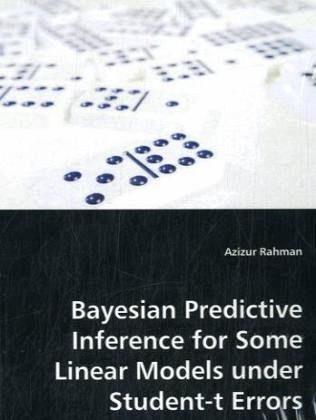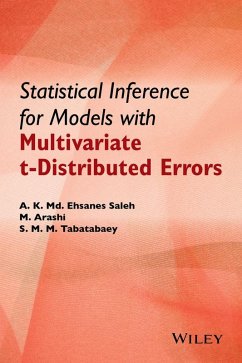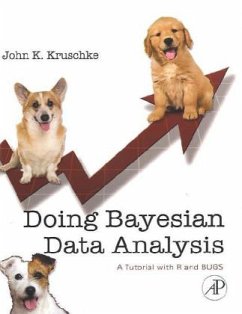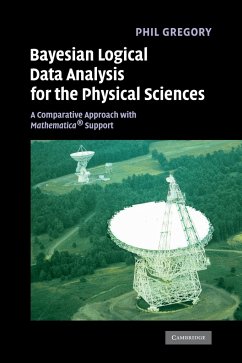
Bayesian Predictive Inference for Some Linear Models under Student-t Errors
Versandkostenfrei!
Versandfertig in 6-10 Tagen
32,99 €
inkl. MwSt.

PAYBACK Punkte
16 °P sammeln!
In real life often we need to make inferences about thebehaviour of the unobserved responses for a model based on theobserved responses from the model. Regression models with normalerrors are commonly considered in prediction problems. However,when the underlying distributions have heavier tails, the normalerrors assumption fails to allow sufficient probability in the tailareas to make allowance for any extreme value or outliers. As well,it cannot deal with the uncorrelated but not independentobservations which are common in time series and econometricstudies. In such situations, the Student-t...
In real life often we need to make inferences about thebehaviour of the unobserved responses for a model based on theobserved responses from the model. Regression models with normalerrors are commonly considered in prediction problems. However,when the underlying distributions have heavier tails, the normalerrors assumption fails to allow sufficient probability in the tailareas to make allowance for any extreme value or outliers. As well,it cannot deal with the uncorrelated but not independentobservations which are common in time series and econometricstudies. In such situations, the Student-t errors assumption isappropriate. Traditionally, a number of statistical methods such asthe classical, structural distribution and structural relationsapproaches can lead to prediction distributions, the Bayesianapproach is more sound in statistical theory. This book, therefore,deals with the derivation problems of prediction distributions forsome widely used linear models having Student-t errors under theBayesian approach. Results reveal that our models are robust andthe Bayesian approach is competitive with traditional methods. Inperturbation analysis, process control, optimization,classification, discordancy testing, interim analysis, speechrecognition, online environmental learning and sampling curtailmentstudies predictive inferences are successfully used.












